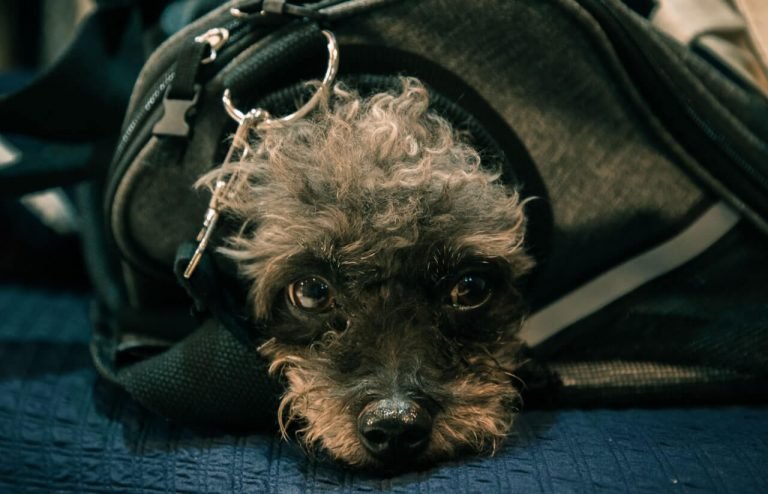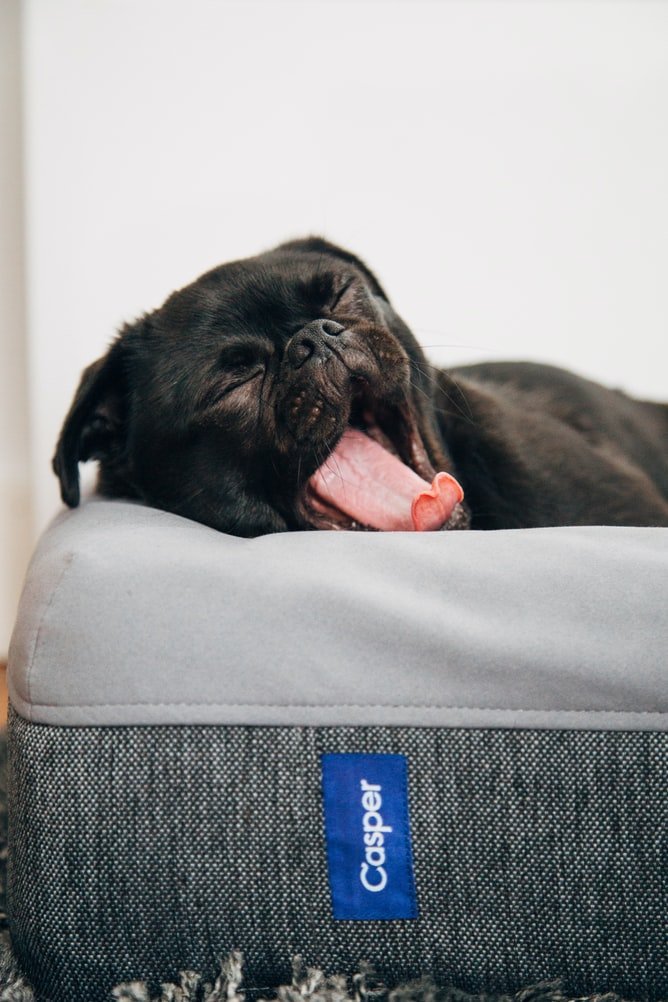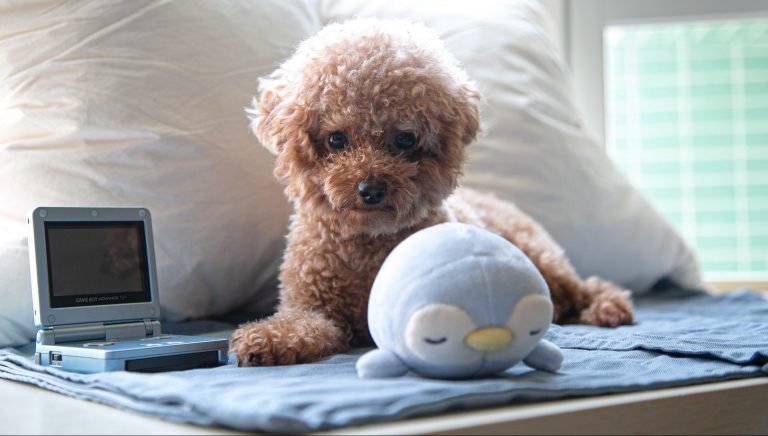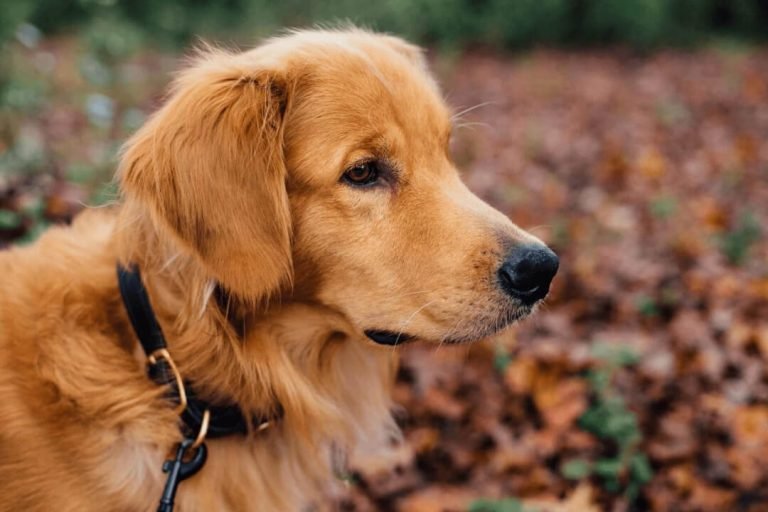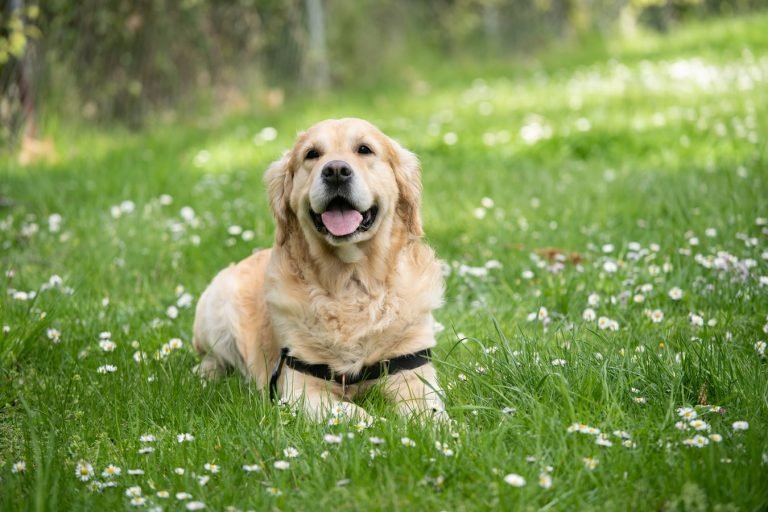Bringing Your Puppy Home
Getting a new puppy. It’s a huge moment for your family. For the puppy, though, it’s a bit scary. It just left its mom, brothers, and sisters. New sights, new smells, new people.
Those first few days? They can feel tough for everyone. Your puppy needs time to feel safe. You and your family are also learning a new rhythm. But don’t worry. There are ways to help your pup settle right in. These simple steps make welcoming your new puppy easy. Everyone will feel better, fast.

Keep its arrival low-profile
Your puppy needs calm. Don’t plan a big welcome party. A loud house with lots of new faces is too much for a young pup. It can feel really scary. Hold off on inviting friends over until your puppy feels settled. Let it get used to your home first.
Got little kids? Keep an eye on them. They get excited, which is natural. But a puppy needs peace to check things out. Give your new pet room. Let it sniff around. It needs to learn the new smells, sounds, and sights of its new home. This helps it relax.
Introduce it to the place and the family
Start with a safe spot. Your puppy needs its own puppy-proofed area first. Show it where the food and water dishes are. Point out its crate. Guide it to its potty spot outside.
Then, slowly show your pup the house. Go room by room. Make sure it knows which places are off-limits. Don’t let the whole family rush in at once. That’s too much for a little dog. Introduce family members one at a time. This helps your puppy meet each person calmly. If you have kids, teach them to be gentle. No loud sounds or teasing. Just quiet hellos. This helps your new pet feel comfortable with everyone.
Develop a friendly environment
Your puppy came from a place it knew. Its mom, siblings, familiar smells. Now it’s somewhere new. A new home means new smells, sounds, and sights. That can be a lot to handle.
Help it feel safe right away. Bring something from its old home. Maybe a toy, a blanket, or a bowl. This small item carries a familiar smell. It helps your pup feel less alone. Also, remember puppies are like people. They have different personalities. Some are bold. Others are shy. Watch your pup’s body language. Let it come to you. Let it decide how much closeness it wants. This helps it trust you and feel truly at home.
Start crate training and establish a routine
Crate training helps your pup feel secure. It’s a key tool for teaching boundaries. It gives your dog a safe spot to chill out. Especially when you can’t watch them.
Here are some tips for crating:
- Keep sessions short, especially for young pups. If your puppy is under six months old, aim for about 3 hours.
- Pick a crate with dividers. This way, it grows with your pup.
- Always make the bedding comfy.
At the same time, set up a daily schedule. Regular times for food, potty breaks, walks, play, and sleep. This routine gives your puppy comfort. It helps them learn what to expect each day.
Create a set of rules
Everyone in the family needs to agree on puppy rules. Before your pup even steps inside. Imagine hearing different things from different people. It’s super confusing for a dog. Make sure everyone uses the same commands. This makes training much easier.
Rules bring order to your pup’s day. They create consistency. A clear schedule helps your puppy settle in. Your dog will be happier knowing what to expect. Rules teach your puppy what’s okay and what’s not. They help you gently correct bad habits too.
Familiarise it with resident pets
Got other pets? Keep your new puppy separate at first. For a few days, let the new pup get comfy on its own. Once it’s settled, you can start introductions. Set up a pet gate. This divides an area into two spaces.
Your resident pets can be on one side, the puppy on the other. They can see, smell, and hear each other safely. Or, you can place your puppy in its crate. Let them get used to each other like this for a couple of days. After that, open the gate or door. Always watch them closely during these first direct meetings. Take it slow. This helps everyone feel safe and happy.
Take things slowly
A puppy is not an adult dog. Treat them like a baby. Be very patient and gentle. You need to watch them all the time. Those first few days are big for their future personality. Good early experiences shape how they grow up.
Puppies can’t hold their pee very long. Take them out often. Watch for signs: sniffing around, circling. Get them outside fast. If they have an accident inside, don’t yell. Just clean it up. Calmly show them where to go instead. Also, feed your pup special puppy food. It’s easy to digest. A growth formula can help too.
Spend time with it
Your puppy needs you. Bring your new pup home when your schedule is normal. Don’t do it right before a vacation or a big party. You need to spend lots of time with them from day one. This builds a strong connection. It’s how your puppy learns to trust you and listen.
You already love your new dog. But your puppy doesn’t know that yet. You show them your love through guidance and attention. Play with them. Help them meet new people and dogs safely. Train them with patience. With this, trust will grow. Your pup will become your loyal friend for years to come.



